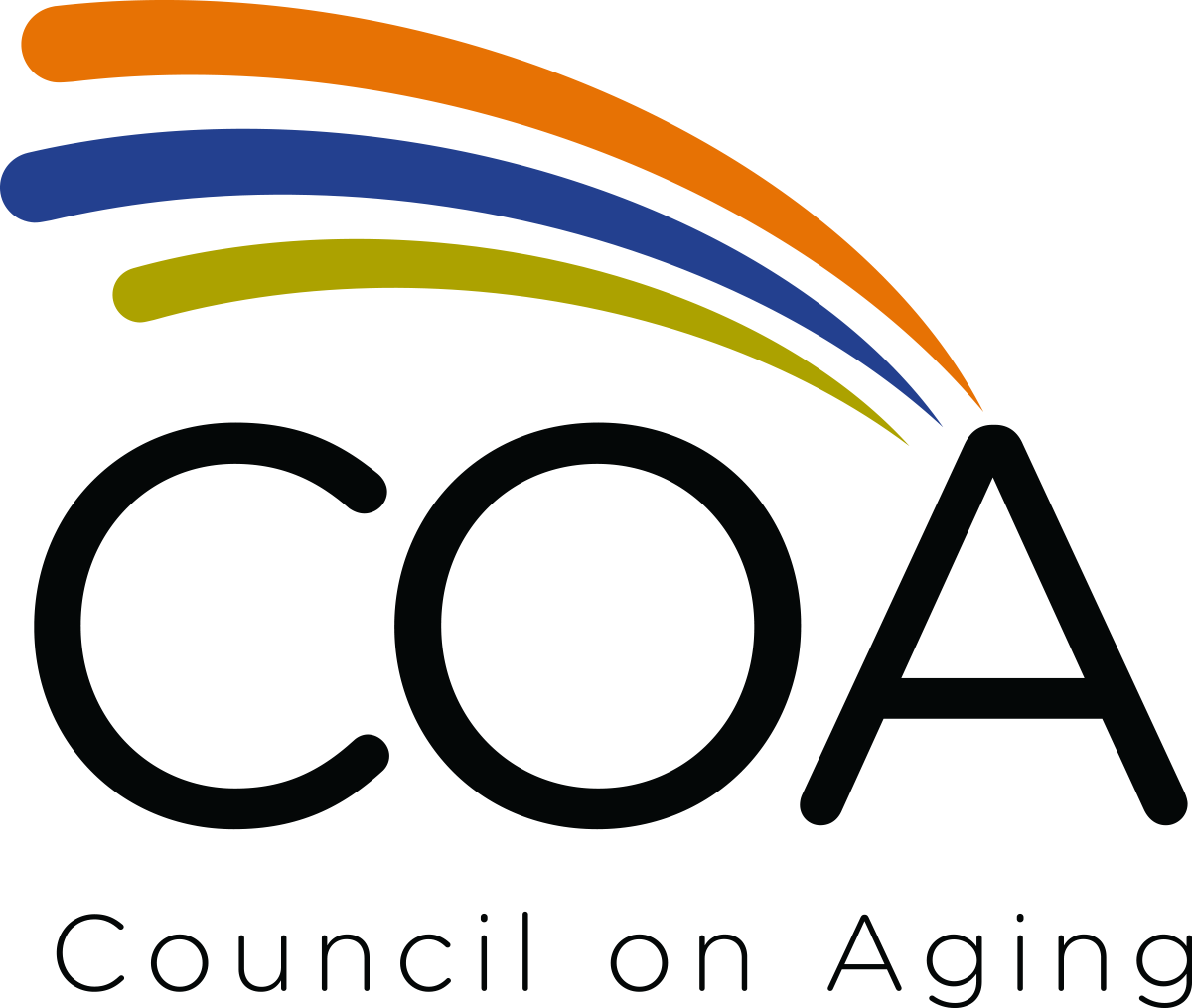 The disparity between employer caregiving assumptions and the reality of caregiving is growing wider than ever before. According to AARP, the “average” family caregiver is a 49-year-old woman who works outside the home and spends nearly 20 additional hours each week providing unpaid care to her mother. She will do this for nearly five years.
The disparity between employer caregiving assumptions and the reality of caregiving is growing wider than ever before. According to AARP, the “average” family caregiver is a 49-year-old woman who works outside the home and spends nearly 20 additional hours each week providing unpaid care to her mother. She will do this for nearly five years.
Detailed in The Caring Company, a report from Harvard Business School, is an alarming statistic for employers. Only 24 percent of employers believe caregiving influences their workers’ performance. Conversely, more than 80 percent of employees with caregiving responsibilities admit that caregiving affects their productivity—specifically, their ability to perform their best at work.
This shows that employers are largely unaware of the extent to which employees are caring for elders or those with disabilities and its impact in the workplace.
As part of our year-long “Caregiving in the Workplace” survey, we’re seeing these statistics play out locally. Through a survey of nearly 1,000 local employees, Council on Aging found that nearly half—49 percent—are currently providing care for an aging loved one. Among the other half (non-caregivers), 81 percent foresee a time when they will need to provide care.
What does this mean? Most companies who participated in our survey were surprised to learn the extent to which their employees were providing care. Sixty-four (64) percent of their employee-caregivers had taken time off work to provide care and 43 percent worry about their older family member while they are working.
So, when faced with the dual responsibilities of caregiving and working, many employee-caregivers cut back their hours, use vacation/sick time or take unpaid leave to provide care. Over half of working caregivers leave their jobs altogether. This cost of caregiving adds up quickly for businesses nationally: $17.1 to $33 billion in lost productivity annually (absenteeism, reduced hours, replacing employees and workday adjustments).
Can your company afford to ignore the very real issue and magnitude of employee caregiving? Participate in Council on Aging’s survey to understand the impact of caregiving on your workforce. For more information on how your company can better understand your working caregivers, click here.
